Hair Shampoo Ingredients and its chemistry
| Estimated Reading Time: 12 minutes |
The morning’s slipping away, sunlight pooling on my table, and I’m here with a cold cup of tea, my hairbrush in hand. It’s around afternoon, I suppose—time fades when I get lost like this. My hair’s been on my mind, you know? Those days my mother mixed herbal pastes, the kitchen alive with earthy smells, and now these bottles with odd labels. Ingredients for hair growth, I’ve been mulling over, seem to hide in there, a blend of old care and new science. But how does it all fit? I’ve stayed up late, chatting with my aunt about her Ayurveda ways, jotting thoughts, letting my mind wander. Come with me—let’s drift through this, my jumbled ideas and all, chasing the spirit and secrets of ingredients for hair growth.
Table of Content: |
How Shampoo Works
I can still feel that first lather as a kid, bubbles dancing on my scalp, a mystery I loved. Shampoo cleans, I’ve gathered, pulling off oil and dirt. A 2018 Journal of Surfactants and Detergents piece mentions surfactants doing the lift, water washing it out. For me, it’s like a daily reset, though some days my hair feels dry after. I wonder if it’s making room for ingredients for hair growth—my aunt says a clean scalp lets nature do its thing. I felt that once, a wash that left my strands a bit livelier, and it’s stayed with me, this quiet nudge.
Structure of Shampoo: Surfactants, Water, and Active Ingredients, etc.
I’ve been squinting at shampoo bottles, trying to decode the blur of words. Some sources on shampoo ingredients say water’s the bulk—around 70-80%—holding it all together. Then surfactants scrub, and actives promise care, like a recipe I can’t quite cook. I pause, picturing my mother’s hands—did she know this dance without the labels?
Surfactants play a big role in how shampoo feels on my scalp. Sodium lauryl sulfate, for instance, scrubs with a strong hand, creating that rich lather I used to love, though it can leave my hair feeling a bit raw. Then there’s cocamidopropyl betaine, which glides on gentler, soothing rather than stripping, and I noticed my strands felt less brittle after switching—a thought lingers, wondering if it might nurture ingredients for hair growth. I came across a 2018 study that hinted sulfates like sodium lauryl sulfate foam more but can be harsh, while others, like betaine, bring a calming touch, which stuck with me. Water, though, just flows through it all, rinsing away the day’s grime—I picture those river baths from childhood, not so far off in spirit. Actives like keratin catch my attention too; I felt a faint tingle once, and it made me muse if they’re quietly feeding ingredients for hair growth deep within.
The choice between natural and chemical pulls at me. I’ve experimented with coconut-based options, their softness a comfort, and then switched to sulfates that dig deep into the oil, each leaving me wondering where ingredients for hair growth truly thrive. To understand this better, I’ve looked into the world of surfactants—those cleansing agents that shape the shampoo’s effect. Here’s what I’ve pieced together, reflecting on my hair’s needs and others’:
-
Sodium Lauryl Sulfate (SLS): This one produces quite a lot of foam, breaking down oil and dirt with ease, which suits my oily scalp when grease builds up. But since it is strong, it can dry out my scalp and strip away natural moisture, making it less ideal for dry or damaged hair— I’ve felt that roughness myself.

-
Sodium Laureth Sulfate (SLES): This is a lite version of SLS, it also foams well, cleansing effectively for normal to oily hair like mine on humid days. It is more gentle, and thus causes less irritation. However, it still might not be the best for sensitive or color-treated hair, where I’ve noticed a slight fade.
-
Cocamidopropyl Betaine: This one’s a favorite for my sensitive scalp days—it cleans softly, adding a bit of moisture, perfect for dry or curly hair that needs hydration. The downside? It doesn’t foam as much, so it feels less “clean” to me on oily stretches, though it’s a boon for growth, I suspect.
-
Decyl Glucoside: it's a product made from sugars, it’s super gentle and ideal for my nephew’s thin, irritated scalp or my friend’s chemically-treated locks. It doesn't produce strong lather, though, and it might be a matter of concern as it leaves oily hair like mine feeling unrefreshed, a trade-off I’ve pondered.
-
Lauryl Glucoside: Another sugar-based option, it’s mild and eco-friendly, suiting sensitive or aging hair like my grandmother’s silver strands. Its weak cleansing power, however, struggles with my oily phases, leaving me wondering about its reach.
Each surfactant acts differently with hair types—SLS and SLES for oily scalps needing a deep clean, betaine and glucosides for dry, sensitive, or treated hair craving gentleness. I’ve switched between them, feeling the shift, and it pulls me back to that question: where do ingredients for hair growth find their home amidst these cleansers? The tingle of keratin lingers in my memory, a hint I can’t shake.
What are Different Types of Active Ingredients and Their Roles
These are the quiet hopes, the bits that whisper life into my hair. Various sources lists a bunch—vitamins, proteins, plant extracts, and even some chemicals—and I’ve been playing with them, feeling the changes. They’re the part of shampoo that goes beyond cleaning, aiming to nourish, strengthen, or even spark growth. I sit here, brushing my hair, remembering how my aunt’s mixes felt different, and I want to understand what’s in these bottles.
1. Natural Actives and Their Roles: My garden’s aloe vera always draws my gaze first. It soothes my scalp with a cool, wet sensation, and I’ve come across hints that its hydrating properties might keep roots content, possibly aiding ingredients for hair growth. Then there’s argan oil—my sister can’t stop raving about it—its nutty warmth glides on smooth, said to shield and add shine, which I think could bolster hair strength over time. I’ve massaged it in, feeling that silky touch, and I wonder if it’s quietly nurturing ingredients for hair growth beneath the surface.
But there’s more to explore. Bhringraj, that earthy green herb Grandmother used, cools my scalp with a gentle rub, possibly boosting blood flow to follicles—great for hair fall and thinning, though its strong scent can overwhelm sensitive noses, making it less ideal for fragrance-sensitive types. Mulethi's sweet root provides anti-inflammatory relief for irritated scalps, making it suitable for dandruff or sensitivity. However, if applied excessively, its stickiness may cause fine hair to become weighed down. Amla, the sour fruit she would smash, is full of vitamin C to prevent damage and thicken hair, making it ideal for dry or broken hair. However, if its acidity is not controlled, it may irritate a raw scalp. Pressed into a light oil, almonds provide vitamins E and A and are perfect for dry or aging hair that needs hydration. However, if used excessively, it may feel greasy on oily scalps.
Each active tackles hair issues differently—aloe for hydration and dandruff, argan for shine and split ends, bhringraj for fall and thinning, mulethi for irritation, amla for breakage, and almond for dryness. I’ve tried them, feeling the shifts, and it makes me muse where ingredients for hair growth truly flourish.
2. Chemical Actives and Their Roles: On the other side, there’s minoxidil, a name I tripped over once. It’s mostly in treatments, not always shampoos, and I’ve heard it opens blood vessels to push hair growth—wild, isn’t it? I dabbed a drop once, feeling a strange tingle, and hoped it might spark ingredients for hair growth, though its strength left me cautious. Then there’s keratin, which I’ve noticed in a shampoo, smoothing my strands with a soft glide, perhaps mending damage to let ingredients for hair growth take root—a different vibe, less natural but effective.
Let’s dig deeper. Redensyl, a newer player, is a blend of molecules like DHQG and EGCG2, targeting stem cells to revive follicles—great for thinning, with quick results, but its synthetic nature might irritate sensitive scalps, and it’s pricey. Biotin, a B7 vitamin with a complex structure of urea and sulfur, strengthens hair from within, suiting thinning or brittle hair, though excess can cause acne in oily types, and its effects take months. Keratin, a protein made of amino acid chains, rebuilds the hair’s outer layer, perfect for split ends and damage, but overuse can make hair stiff if not rinsed well.
For natural swaps, minoxidil’s vessel-opening might mimic rosemary oil, which boosts circulation—Grandmother used it for fall. Keratin’s repair echoes hydrolyzed wheat protein from nature, softening without rigidity. Redensyl’s stem cell nudge could parallel ginseng, a root she swore by for thinning, and biotin’s strength finds a cousin in yeast extracts, rich in B vitamins. I’ve experimented with these, feeling the tingle or silk, wondering how they stack up for ingredients for hair growth.
Table Comparing Natural vs. Chemical Actives:
| Aspect |
Natural Actives (e.g., Aloe, Bhringraj) |
Chemical Actives (e.g., Minoxidil, Redensyl) | Logic/Rationale |
| Source | Derived from plants/oils (e.g., garden aloe) | Synthetically formulated (e.g., lab-made Redensyl) | Natural ones grow from earth, offering organic purity; chemicals are engineered for precision |
| Effectiveness | Gentle, gradual (e.g., amla for breakage) | Fast, targeted (e.g., minoxidil for growth) | Naturals build slowly via nutrients; chemicals act quickly on specific mechanisms. |
| Safety | Low risk, occasional irritation (e.g., mulethi stickiness) | Potential irritation or side effects (e.g., minoxidil tingle) | Naturals are milder but less predictable; chemicals may irritate but are controlled. |
| Sustainability | Eco-friendly, renewable (e.g., almond oil) | Resource-intensive, less green (e.g., Redensyl production) | Naturals align with nature’s cycle; chemicals rely on industrial processes. |
| Cost | Affordable, DIY-friendly (e.g., aloe from garden) | Expensive, often premium (e.g., biotin treatments) | Naturals are accessible; chemicals demand research and manufacturing costs. |
| Suitability | Broad, best for mild issues (e.g., dandruff with aloe) | Specific, ideal for severe concerns (e.g., thinning with Redensyl) | Naturals suit general care; chemicals target intense problems with focus |
3. Ayurvedic Ingredients and Their Roles: Ayurveda brings amla, with its sharp, tangy scent, and bhringraj, a green, earthy mix my aunt used. Amla’s vitamin C, I’ve heard, fights damage—my hair felt fuller after her oil, a warmth I can’t forget. Bhringraj, she says, strengthens roots, and I’ve noticed less fall when I use it. These feel like ingredients for hair growth with a soul, rooted in tradition, and I trust that quiet power.
4. Other Actives: There’s biotin, a vitamin I’ve seen in labels, said to thicken hair—I felt a slight lift, maybe. Panthenol, too, adds moisture, leaving my ends soft. I wonder if they’re sneaking in support for ingredients for hair growth, a gentle nudge I can’t quite prove.
What are Different Types of Preservatives
Preservatives are the silent watchers, and I only noticed them lately. I came across mentions of parabens and phenoxyethanol—agents that keep mold at bay—and it struck me how they lurk in the background. I once tried an unpreserved mix, a homemade blend with aloe, and it spoiled within days, a jarring reminder of their necessity. That jolt made me cautious, and now I balance their presence with a care for ingredients for hair growth, wondering how they fit into the mix.

Digging deeper, I’ve learned about others that shape shampoo’s life. Parabens, like methylparaben (C8H8O3, a benzene ring with ester groups), guard against bacteria and fungi, effective at 0.1% to 0.3%, but their estrogen-like mimicry raises concerns about hormonal disruption, especially for sensitive scalps. Phenoxyethanol (C6H5OCH2CH2OH, a glycol ether), used at 0.5% to 1%, offers broad-spectrum protection and is gentler, yet it can irritate if overdone, a trade-off I’ve felt on my skin. Then there’s imidazolidinyl urea (C7H14N4O3, a heterocyclic compound), breaking down to release formaldehyde, effective at 0.3% to 0.6% against microbes, but its potential to irritate eyes or lungs makes me pause—especially since I’ve noticed a sting once. Sodium benzoate (C6H5COONa, a sodium salt of benzoic acid), at 0.1% to 0.5%, tackles yeast and mold, safe for most but less potent in alkaline formulas, which I’ve seen struggle with my oily days. Lastly, potassium sorbate (C6H7KO2, a potassium salt), used at 0.1% to 0.2%, inhibits mold growth naturally, though it fades in acidic shifts, a nuance I’ve pondered for my scalp’s balance.
The pros are clear—they shield against spoilage, keeping shampoos usable, a lesson from that spoiled batch. But the cons nag at me—irritation, hormonal hints, or limited scope—and I wonder if they quietly hinder ingredients for hair growth. As for the FDA, they don’t pre-approve preservatives, leaving it to manufacturers to ensure safety under the FD&C Act, which bans outright harmful ones like chloroform or mercury compounds (e.g., limited to 65 ppm in eye products). Formaldehyde releasers face scrutiny, with no set cap but a push for labeling, yet the lack of strict limits leaves me questioning the narrative—safety or industry freedom? I tread carefully, seeking that balance, my hair’s health a quiet guide.
What are Sulfates, Parabens, and Silicones – and Why Are They Controversial?
These names make me hesitate. Sulfates like sodium lauryl sulfate clean but dry— that 2018 study hints at it. Parabens preserve but worry some, and silicones coat, weighing my hair down till I changed. The fuss around ingredients for hair growth spins here, natural voices loud. I’ve gone sulfate-free, feeling a lift, though I’m not sure what’s solid.

Conclusion
I set my brush down, ingredients for hair growth swirling in my head—my mother’s paste days, these bottled blends. Shampoo’s chemistry, with its scrubs and cares, is my hair’s story, rough and true. Ayurveda’s amla feels like home; labs add their flair—I can’t choose. Last night, a wash left my hair softer, and I smiled, thinking maybe it’s growing a bit. Ingredients for hair growth—this wild mix of roots and recipes keeps me guessing. I’ll keep lathering, trusting that quiet hope, maybe asking my aunt for her next trick over tea.
Recommended Products by Blue Nectar:
Briganantadi Amla, Honey, Hair Fall Control Shampoo (10 Herbs)
Briganantadi Shikakai Anti-Dandruff Shampoo for Men and Women(26 Herbs)
Batana & Almond Hair Shampoo for Hair Growth (17 herbs, 200ml)
Anti Frizz Shampoo for Dry & Frizzy Hair | Plant Based Biotin Shampoo (15 herbs, 200ml)
Rosemary Shampoo with Keratin for Hair Growth & Frizz-Free Hair (16 Herbs, 200ml)
Related Articles:
A Hair Affair: The Evolution of Shampoo from Ayurveda to Modern Day
References:
https://onlinelibrary.wiley.com/doi/full/10.1111/ics.12439
https://pantene.com/en-us/articles/panthenol-for-hair
https://www.healthline.com/health/shampoo-ingredients-for-different-hair-needs
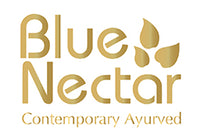

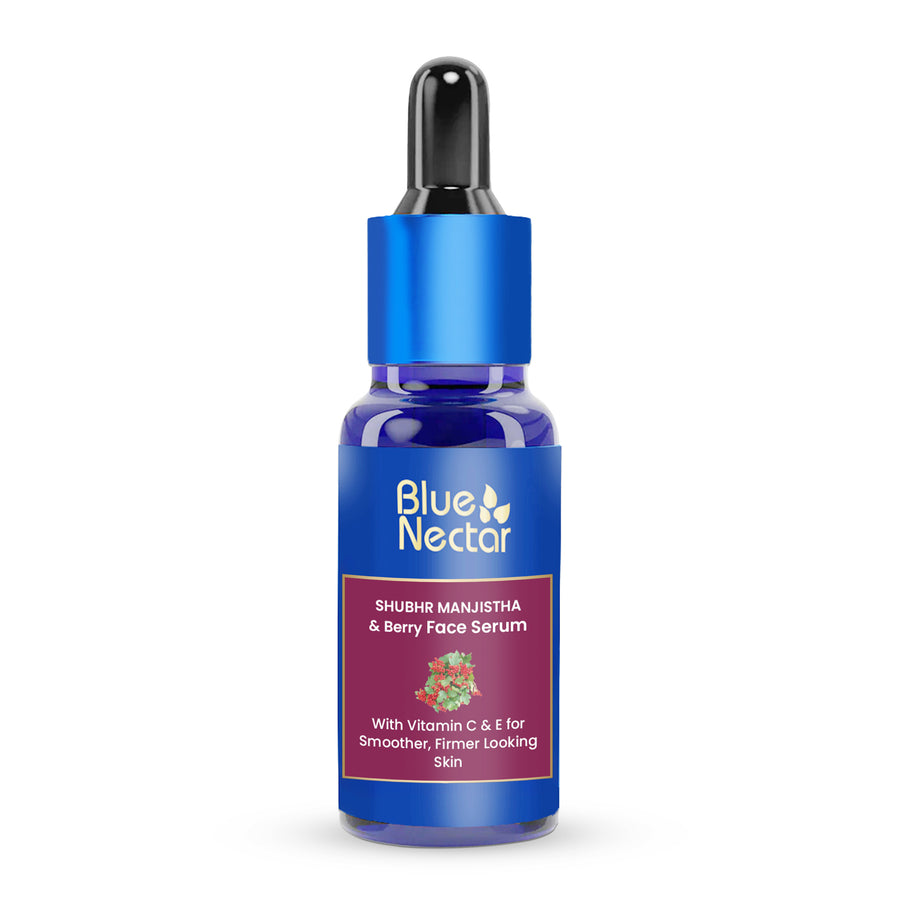
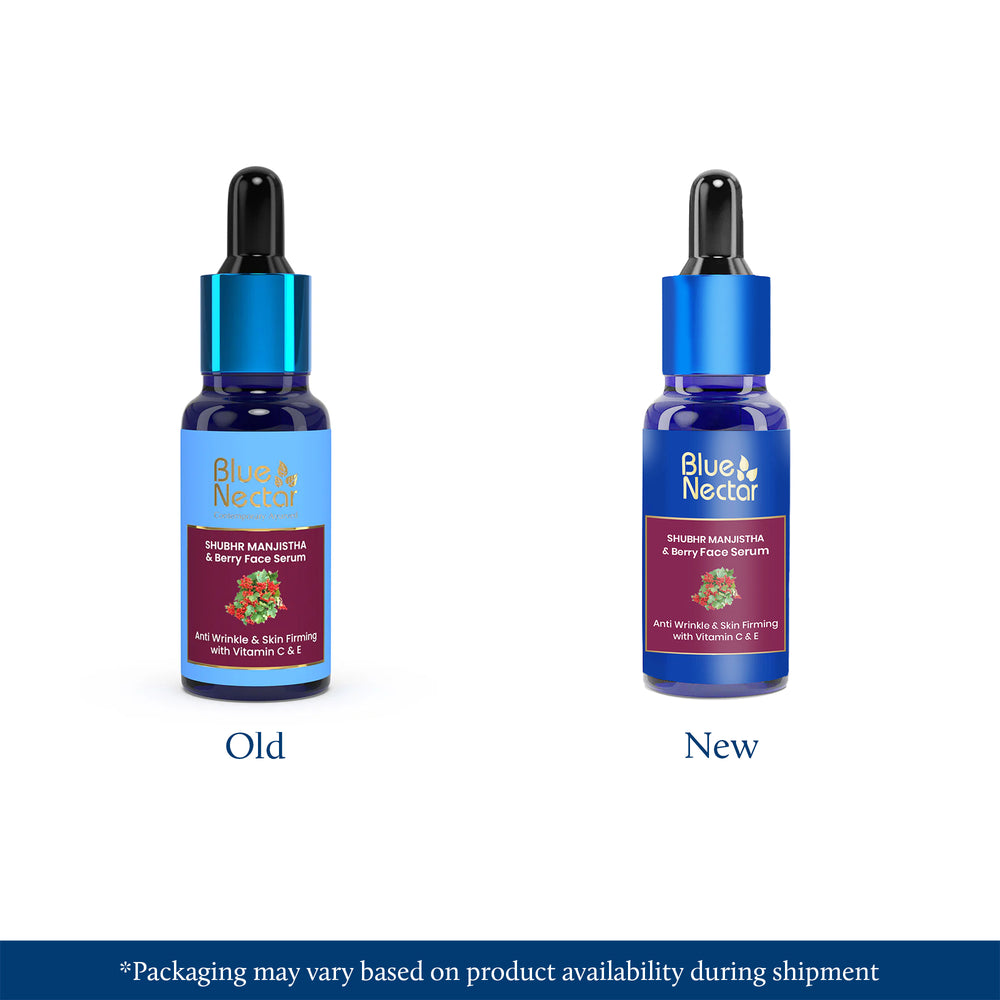
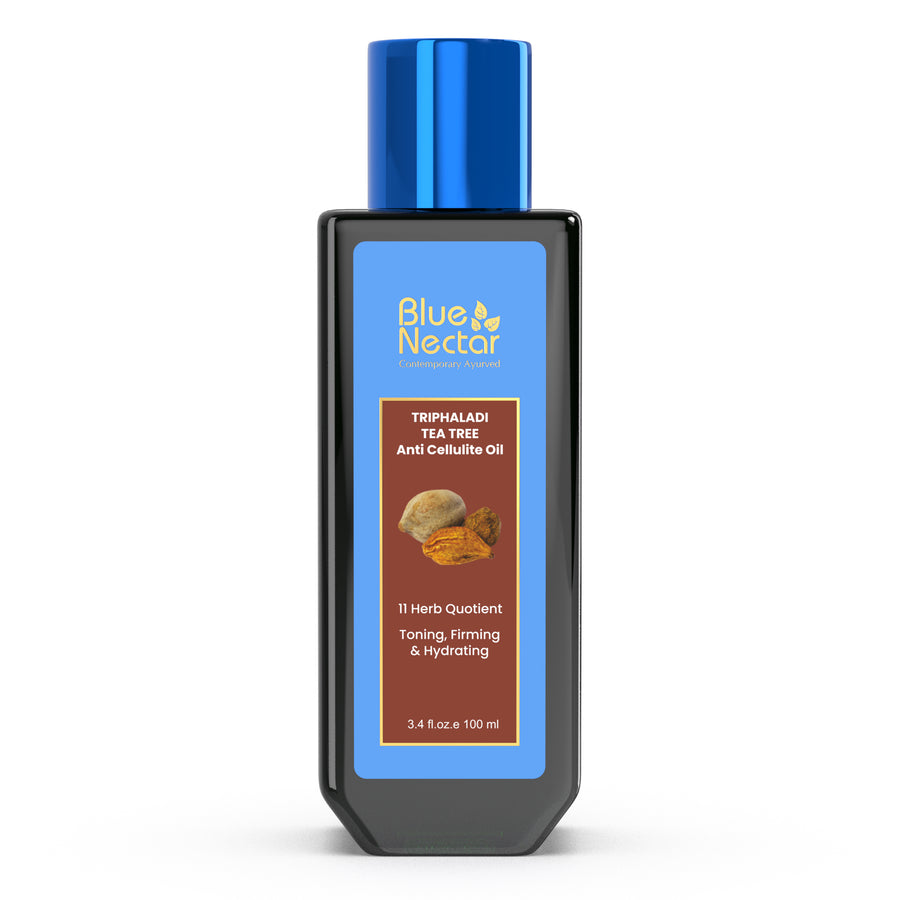
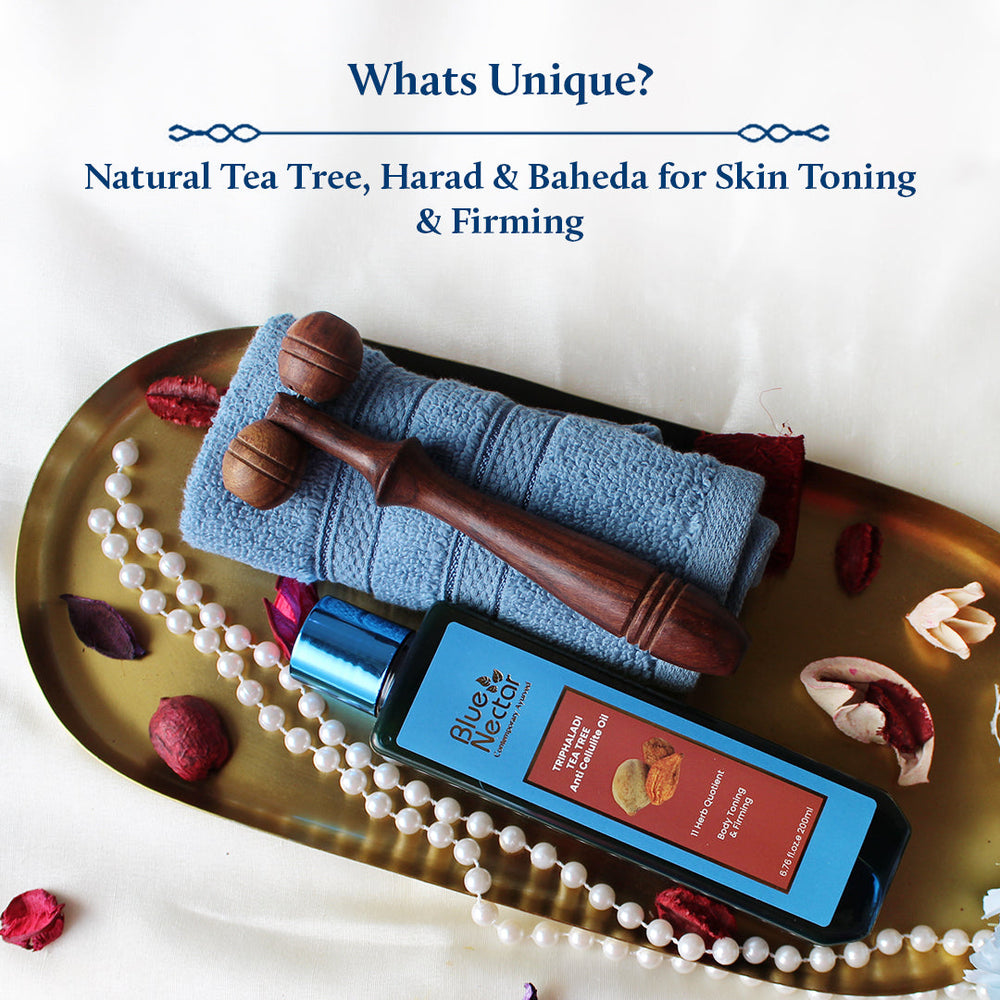

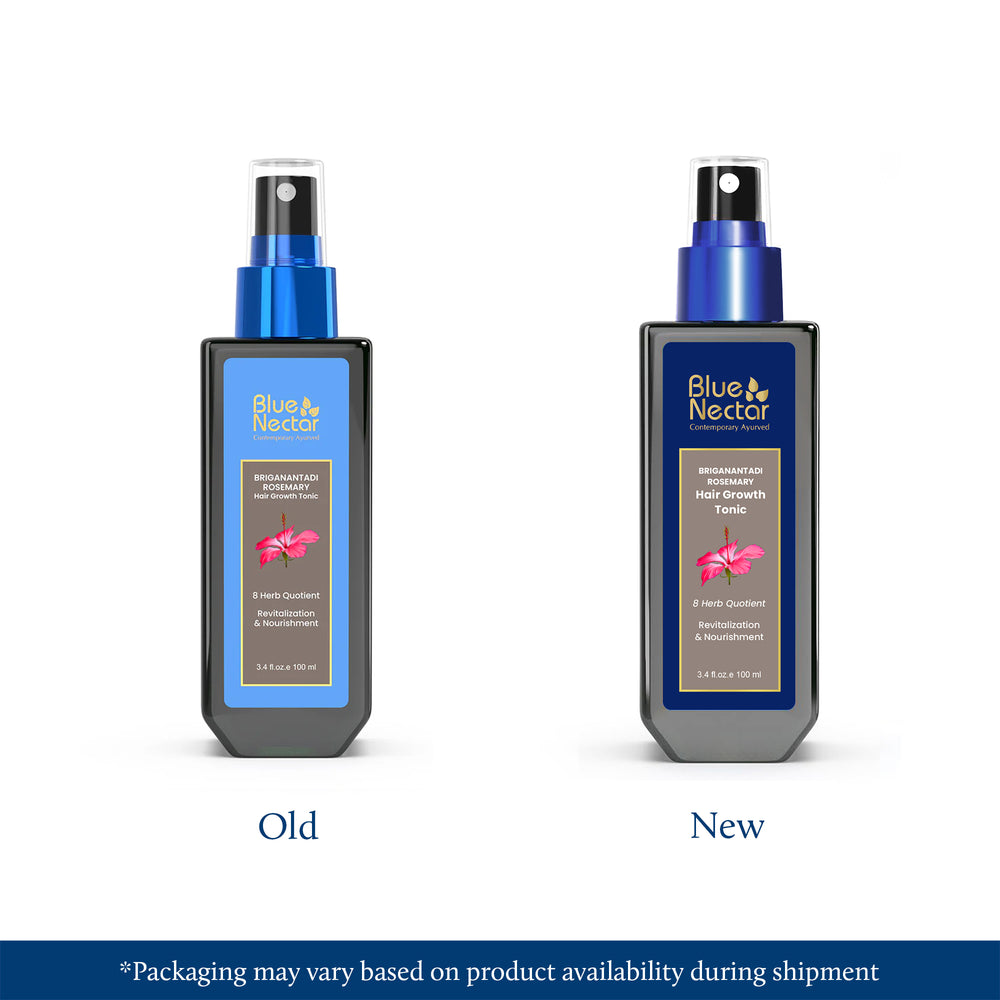

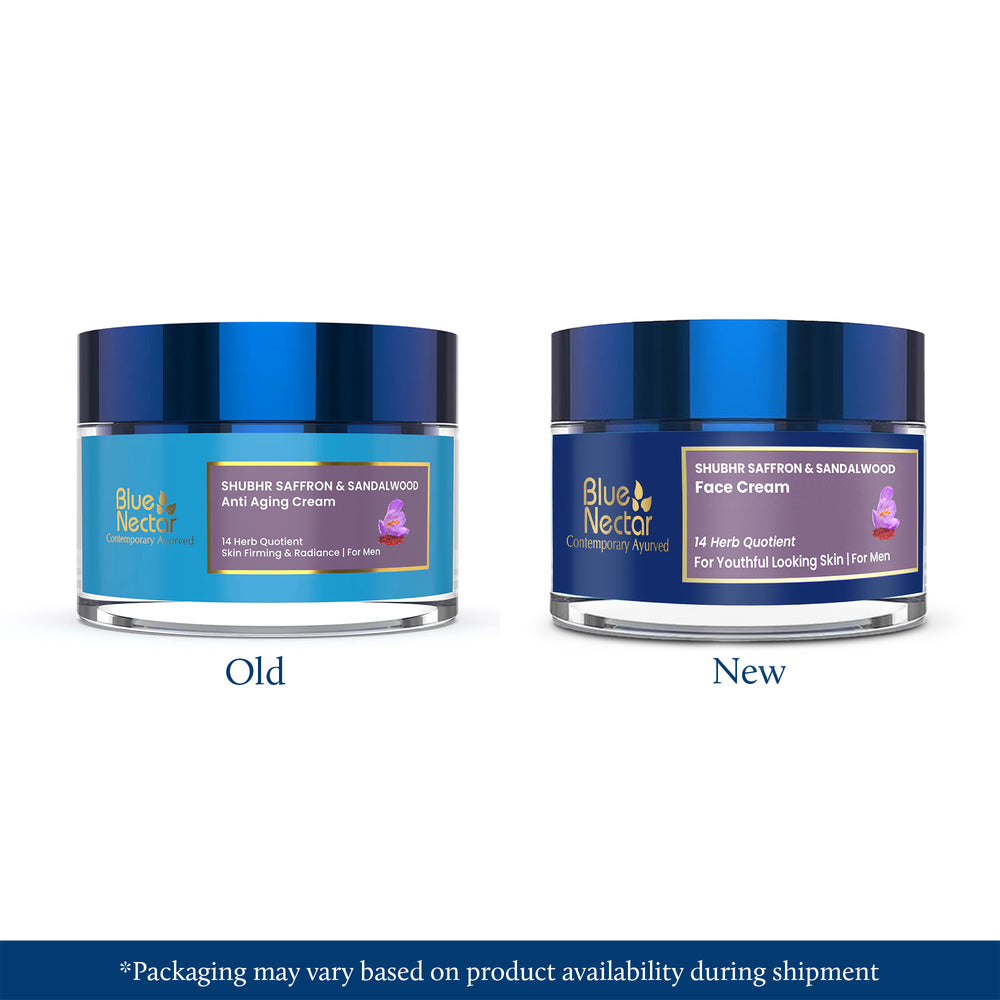
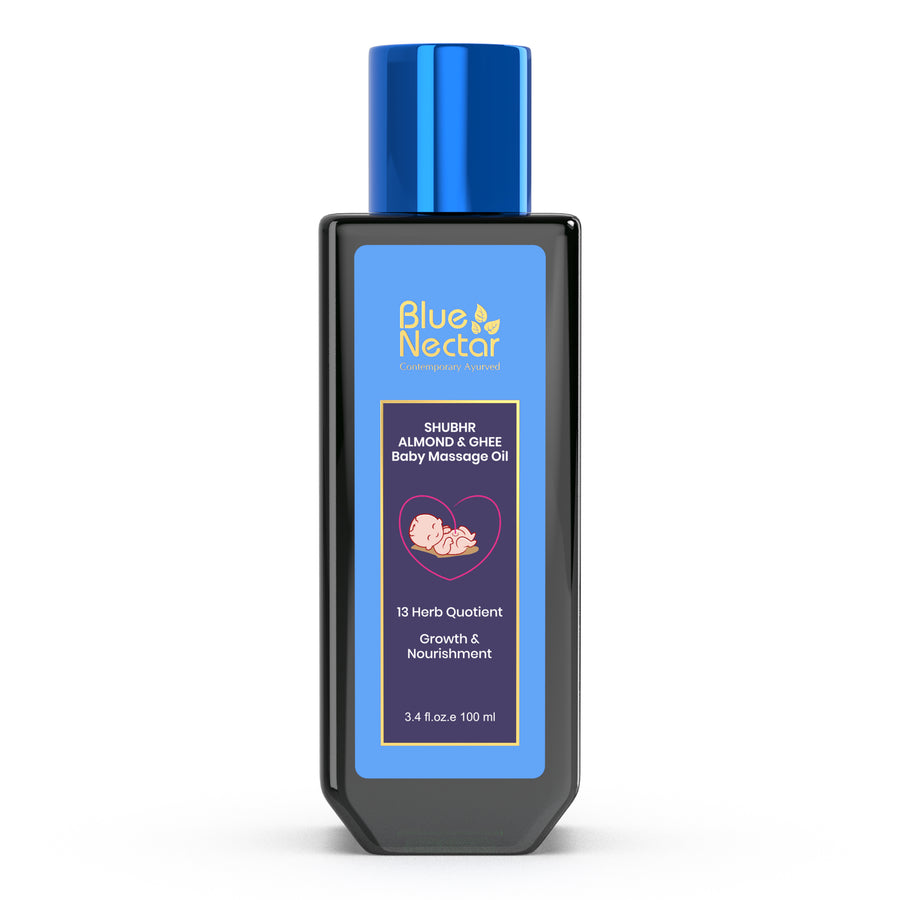
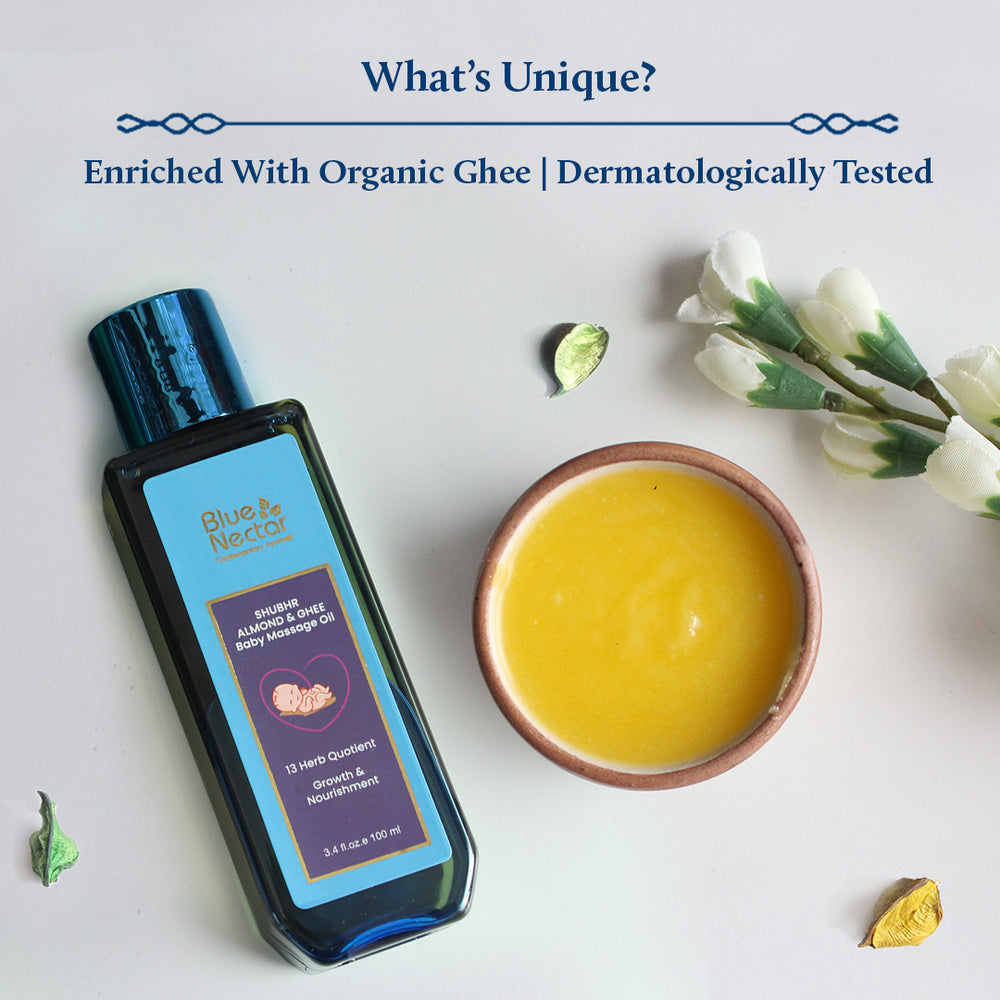
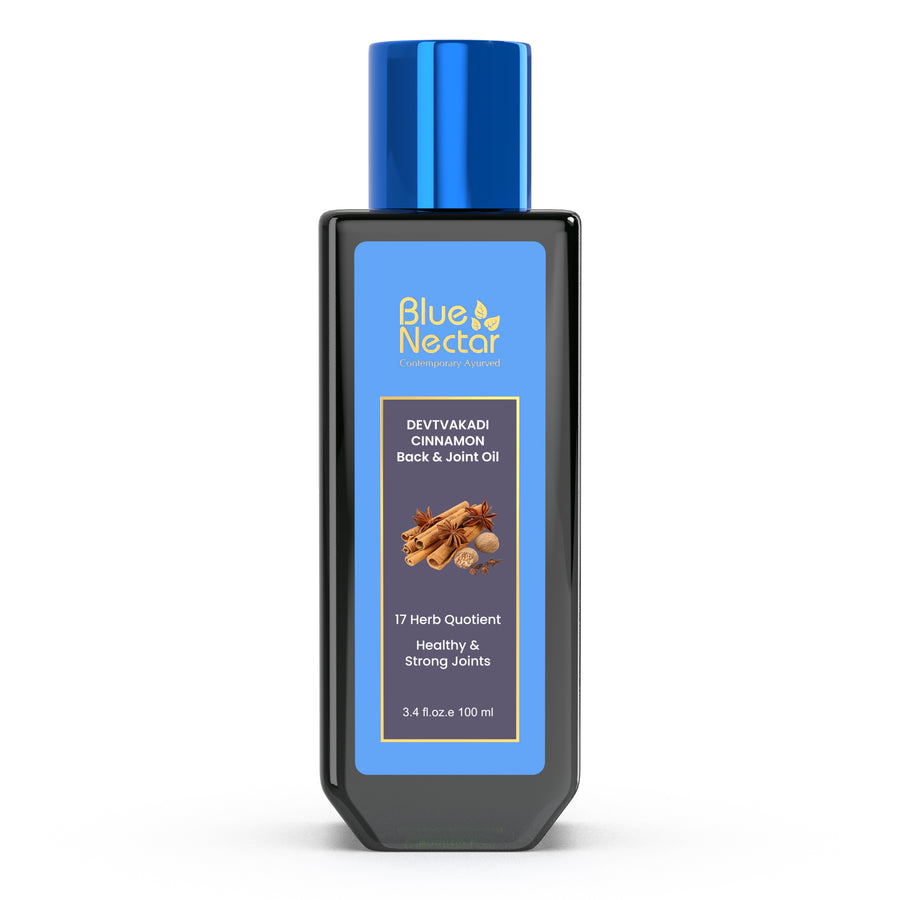
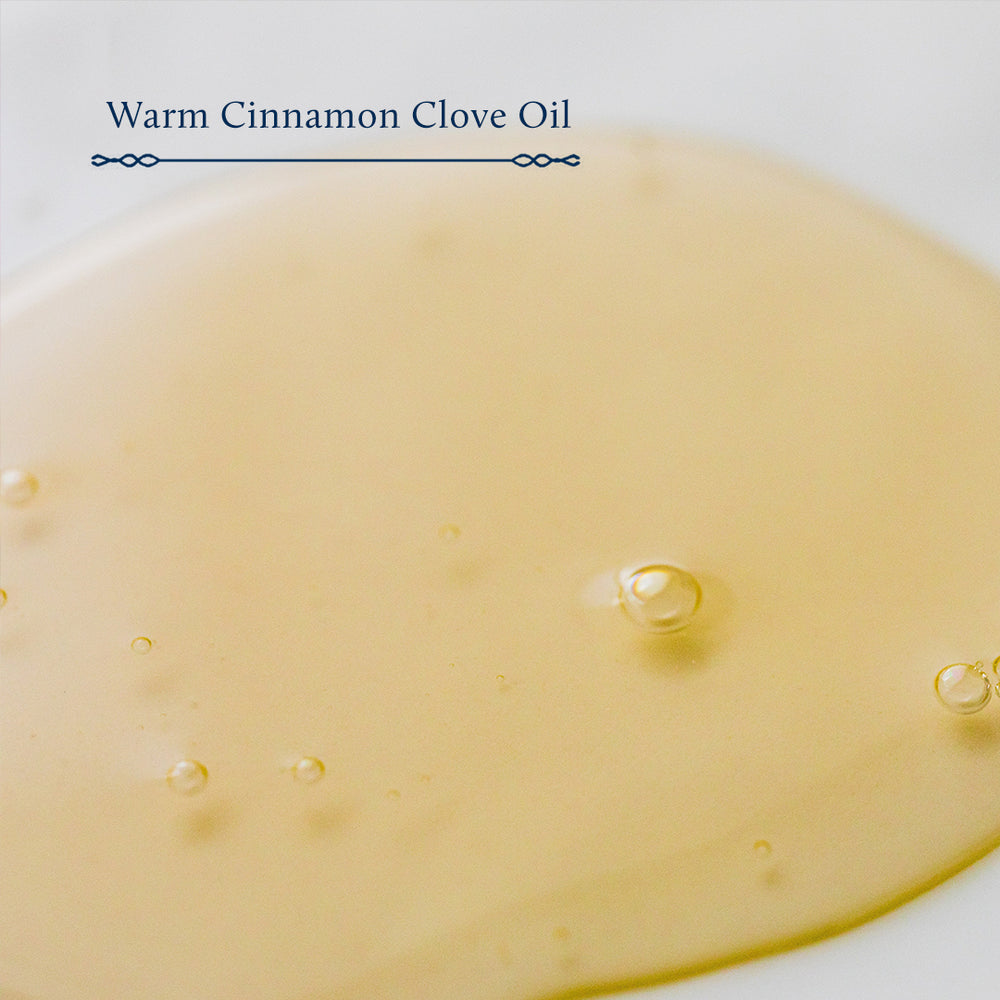



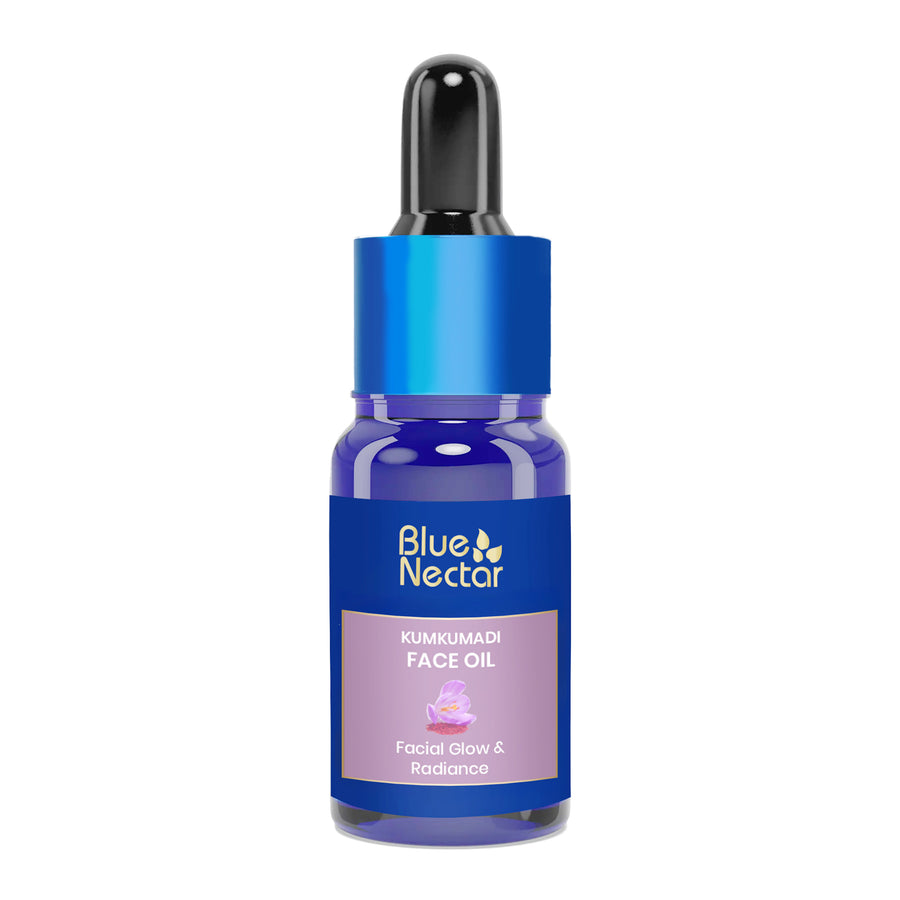
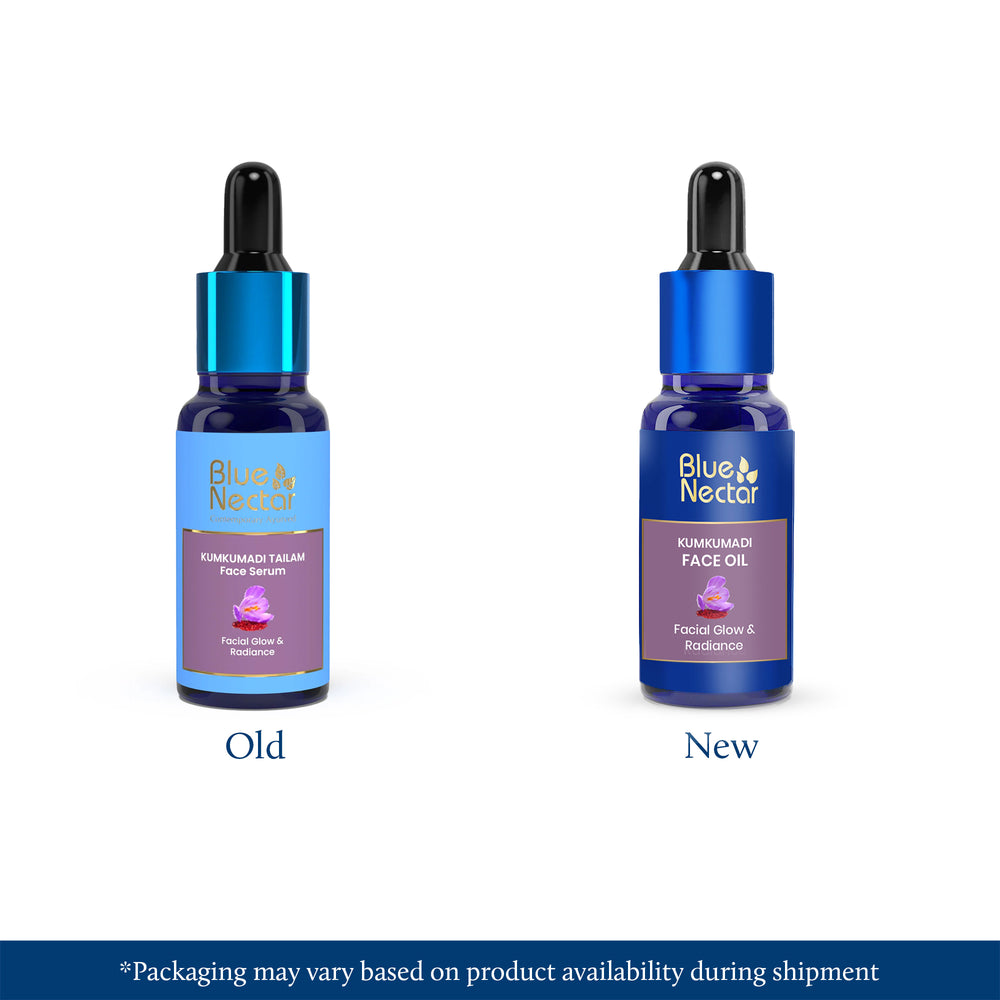

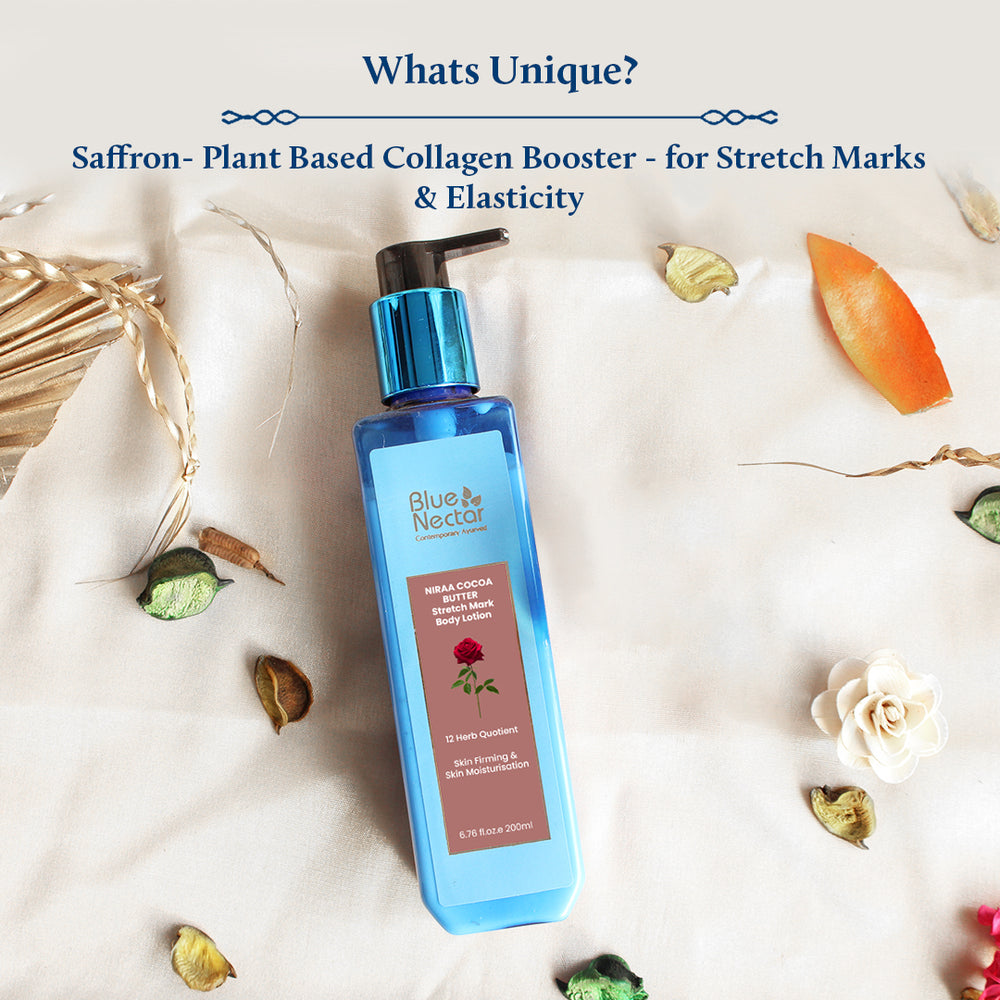
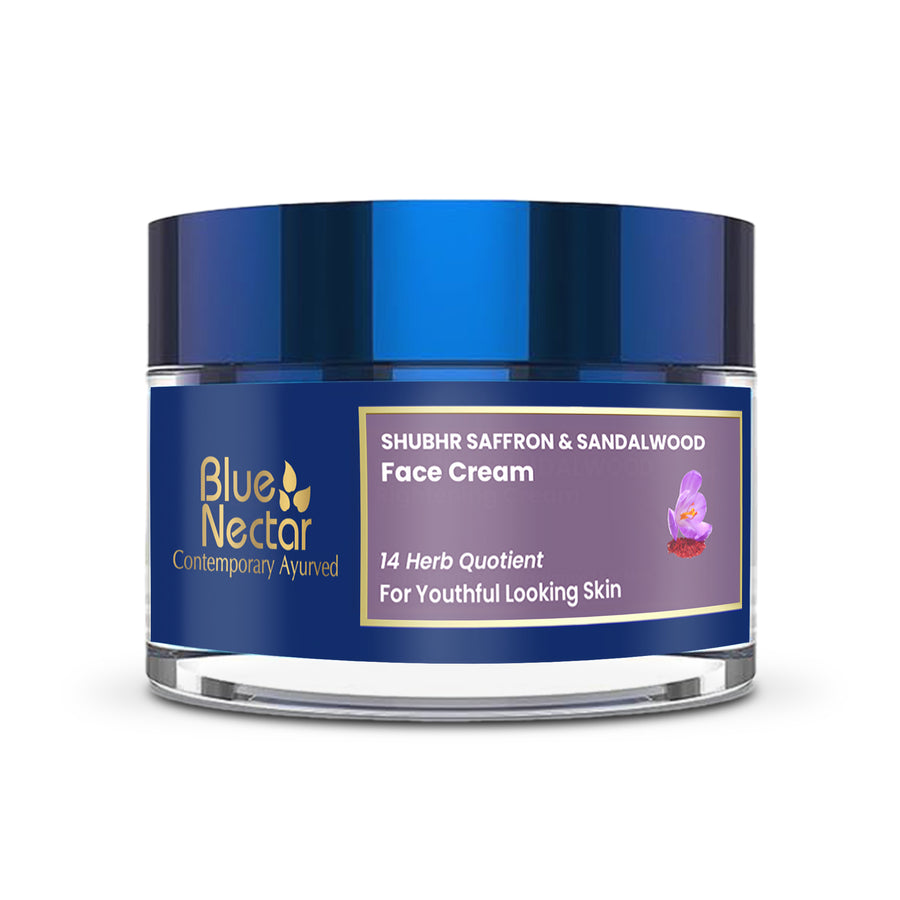
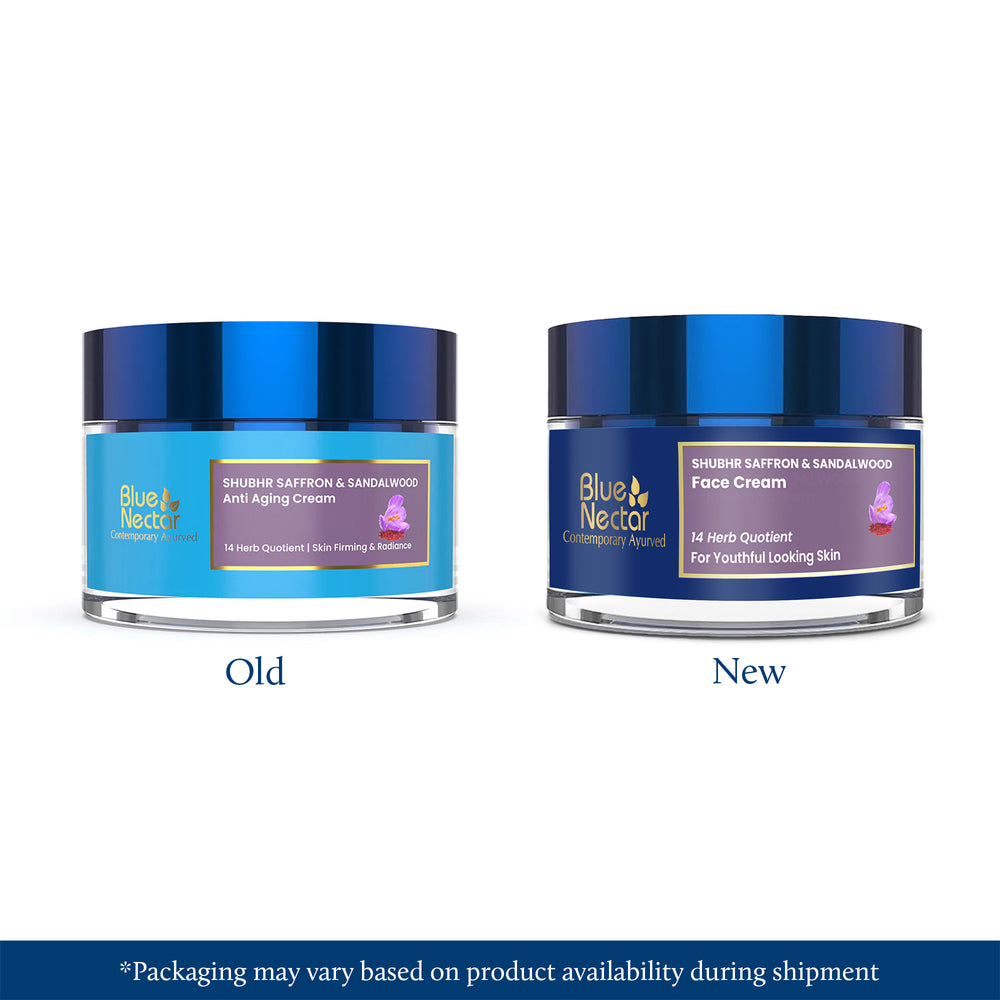
Leave a comment